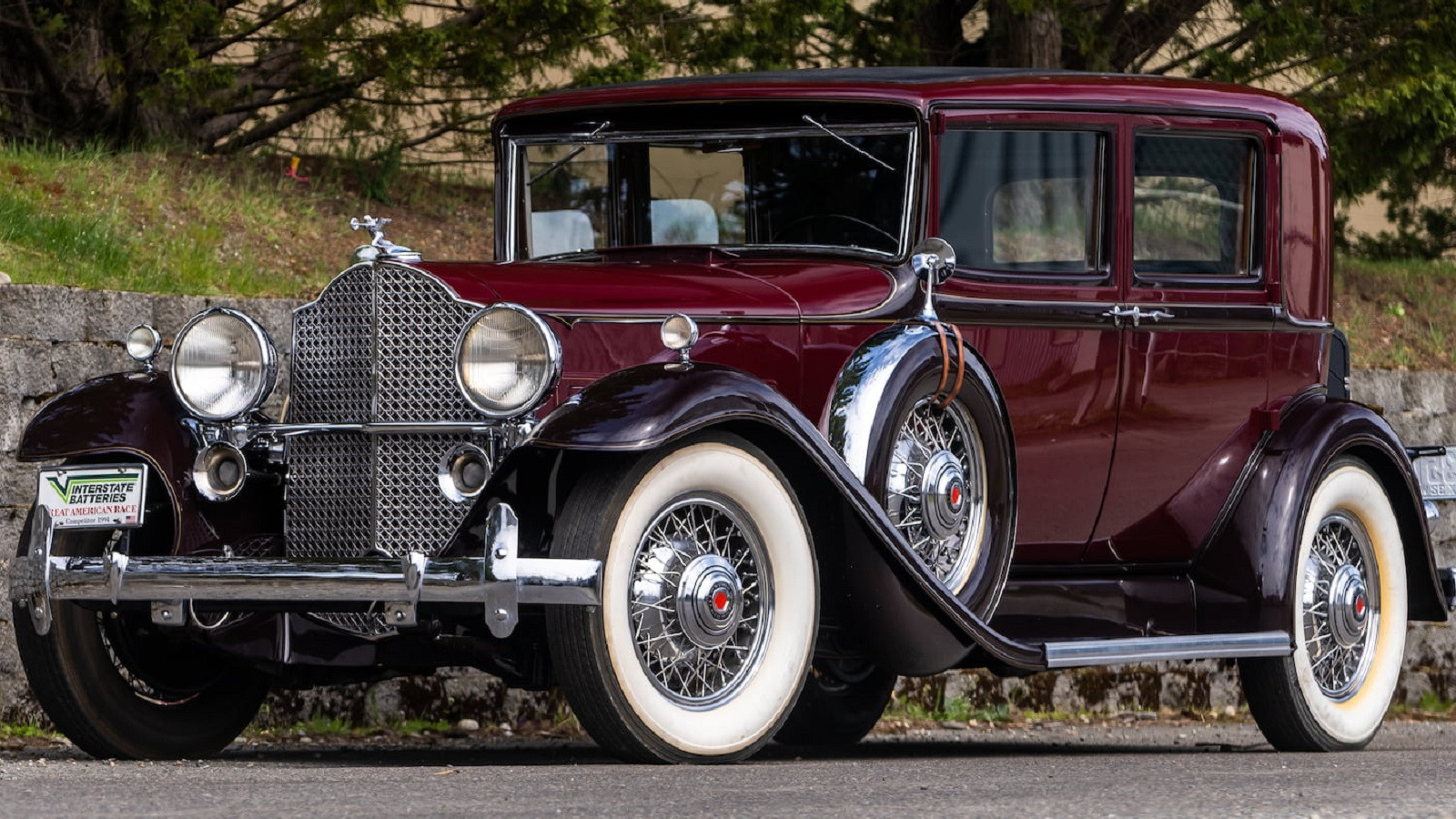
Classic Car Rotisserie Restoration Explained: A Comprehensive Guide
Classic car restoration is a meticulous and rewarding process that breathes new life into vintage automobiles. Among the various techniques employed in restoration, the rotisserie method stands out as a highly effective way to achieve comprehensive and high-quality results. This article delves into the world of classic car rotisserie restoration, explaining its purpose, benefits, process, and considerations.
What is a Car Rotisserie?
A car rotisserie is a specialized piece of equipment designed to securely hold a vehicle’s body or chassis, allowing it to be rotated 360 degrees. Imagine a barbecue spit, but on a much larger and more robust scale. This rotation capability provides restorers with unparalleled access to every nook and cranny of the vehicle, making it easier to perform tasks such as rust removal, bodywork, painting, and undercoating.
Why Use a Rotisserie for Classic Car Restoration?
Using a rotisserie offers a multitude of benefits that contribute to a superior restoration outcome:
-
Enhanced Accessibility: The primary advantage is the ability to easily access all areas of the vehicle. This is especially crucial for addressing rust, which often hides in hard-to-reach spots like floor pans, rocker panels, and frame rails.
-
Improved Ergonomics: Working under a car on jack stands or a creeper can be physically demanding and uncomfortable. A rotisserie allows restorers to work in a standing position, reducing strain on their back, neck, and joints.
-
Higher Quality Work: The ease of access and improved working conditions translate into higher quality work. Restorers can perform tasks more thoroughly and accurately, leading to a better overall finish.
-
Efficient Workflow: A rotisserie streamlines the restoration process by allowing restorers to work on multiple areas simultaneously. This can significantly reduce the time it takes to complete a project.
-
Comprehensive Rust Removal: Rust is the nemesis of classic cars. A rotisserie allows for thorough rust removal through media blasting, chemical stripping, or manual methods.
-
Precise Bodywork: Bodywork, including welding, panel replacement, and filler application, can be performed with greater precision when the vehicle is rotated to the optimal angle.
-
Professional-Grade Painting: Achieving a flawless paint job is essential for a high-quality restoration. A rotisserie allows for even application of primer, paint, and clear coat, ensuring a consistent and durable finish.
-
Thorough Undercoating: Protecting the underside of a car from rust and corrosion is crucial for its longevity. A rotisserie makes it easy to apply undercoating evenly and completely.
The Rotisserie Restoration Process
The rotisserie restoration process involves several key steps:
-
Assessment and Planning: The first step is to thoroughly assess the vehicle’s condition and develop a detailed restoration plan. This includes identifying areas of rust, damage, and wear, as well as determining the desired level of restoration.
-
Disassembly: The vehicle is carefully disassembled, with all components removed and cataloged. This includes the engine, transmission, suspension, interior, and trim.
-
Mounting on the Rotisserie: The bare body or chassis is then mounted on the rotisserie. This requires careful alignment and secure attachment to ensure the vehicle is balanced and stable.
-
Rust Removal: With the vehicle on the rotisserie, rust removal can begin. This may involve media blasting (sandblasting, soda blasting, or walnut shell blasting), chemical stripping, or manual methods like wire brushing and sanding.
-
Bodywork: Once the rust is removed, bodywork can commence. This includes repairing or replacing damaged panels, welding in new metal, and applying body filler to achieve a smooth and uniform surface.
-
Priming: After the bodywork is complete, the vehicle is primed to protect the bare metal and provide a foundation for the paint.
-
Painting: The vehicle is then painted in the desired color, with multiple coats of paint and clear coat applied for a durable and lustrous finish.
-
Undercoating: The underside of the vehicle is thoroughly undercoated to protect it from rust and corrosion.
-
Reassembly: With the bodywork and paint complete, the vehicle is carefully reassembled. This includes installing the engine, transmission, suspension, interior, and trim.
Considerations for Rotisserie Restoration
While rotisserie restoration offers numerous advantages, there are also some considerations to keep in mind:
- Cost: Rotisserie restoration can be more expensive than traditional restoration methods due to the cost of the rotisserie equipment and the increased labor involved.
- Space: A rotisserie requires a significant amount of space, so you’ll need a large garage or workshop to accommodate it.
- Skill: Rotisserie restoration requires specialized skills and knowledge, so it’s best left to experienced restorers.
- Structural Integrity: Ensure the vehicle’s body or chassis is structurally sound before mounting it on a rotisserie. Severely weakened structures may require reinforcement before being rotated.
- Weight Distribution: Proper weight distribution is crucial to prevent the vehicle from tipping or becoming unbalanced on the rotisserie.
- Safety: Always follow safety precautions when working with a rotisserie, including wearing appropriate safety gear and ensuring the vehicle is securely mounted.
Is Rotisserie Restoration Right for Your Classic Car?
Rotisserie restoration is not necessary for every classic car project. However, it’s an excellent choice for vehicles with significant rust or damage, or for those seeking a concours-quality restoration. If you’re aiming for a show-winning finish and want to ensure the longevity of your classic car, rotisserie restoration is a worthwhile investment.
Conclusion
Classic car rotisserie restoration is a comprehensive and effective method for restoring vintage automobiles to their former glory. By providing unparalleled access, improved ergonomics, and a streamlined workflow, a rotisserie allows restorers to achieve higher quality work and a more durable finish. While it may be more expensive and require specialized skills, the benefits of rotisserie restoration make it a valuable tool for preserving automotive history. Whether you’re a seasoned restorer or a classic car enthusiast looking to embark on a restoration project, understanding the rotisserie method is essential for achieving exceptional results.
